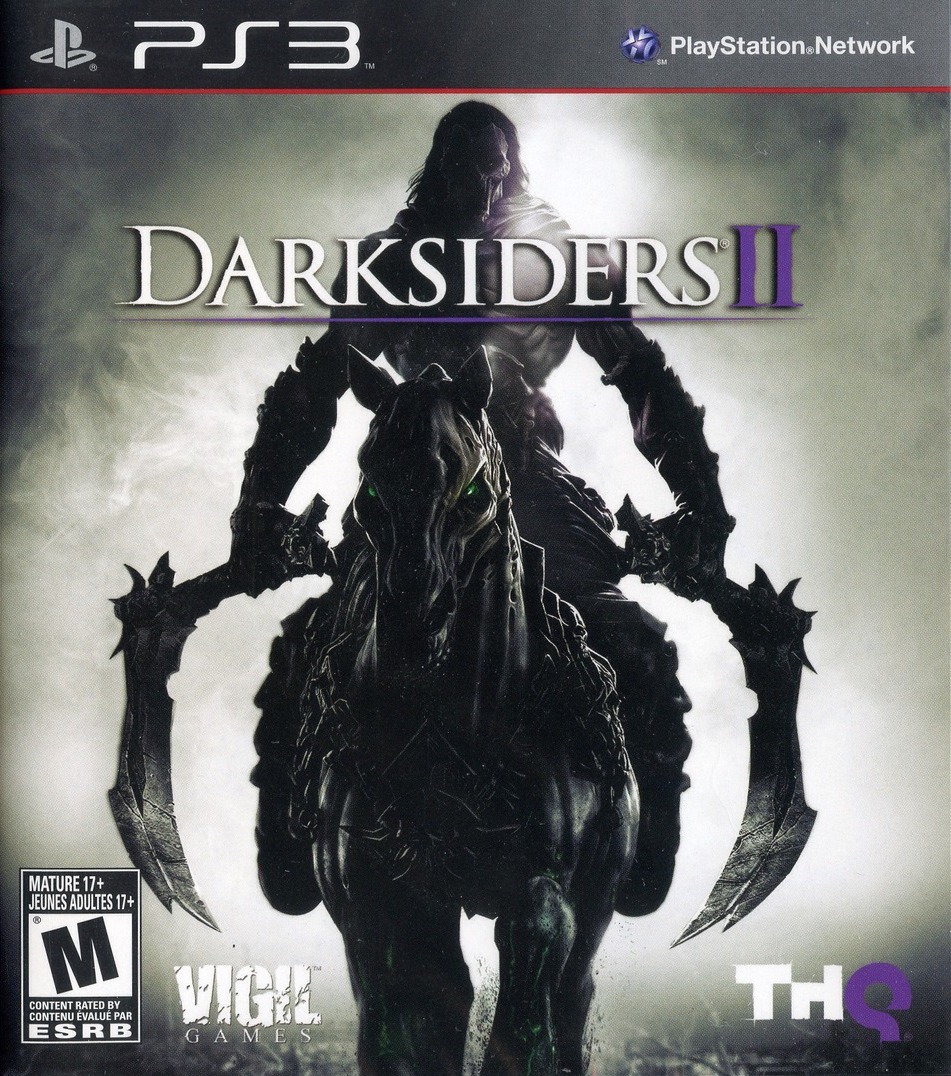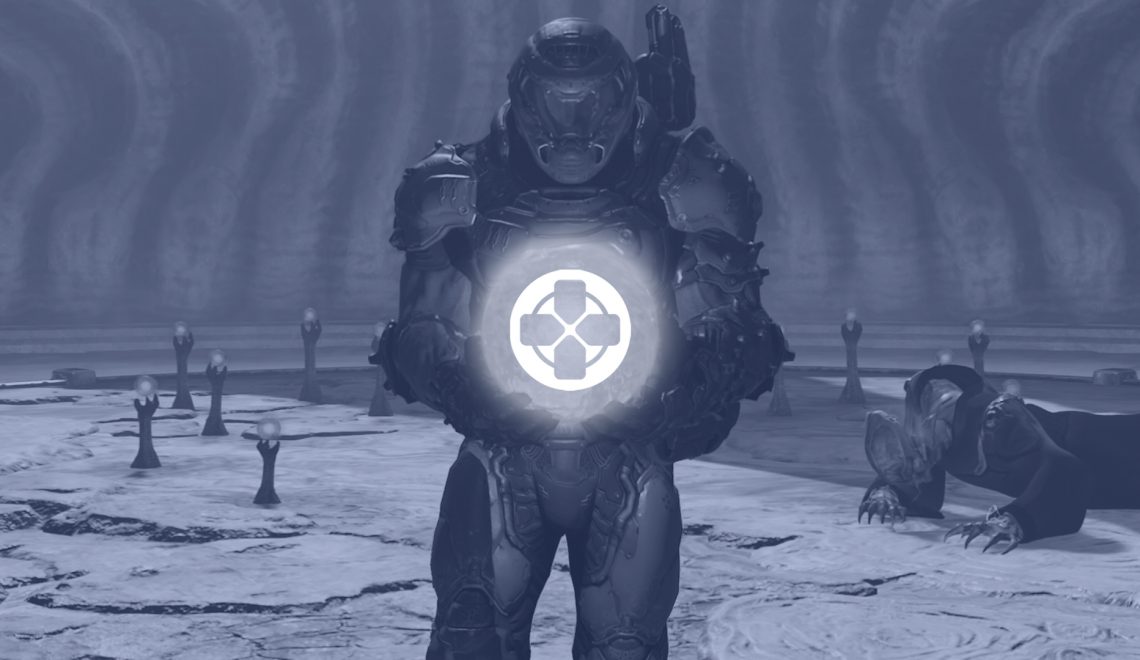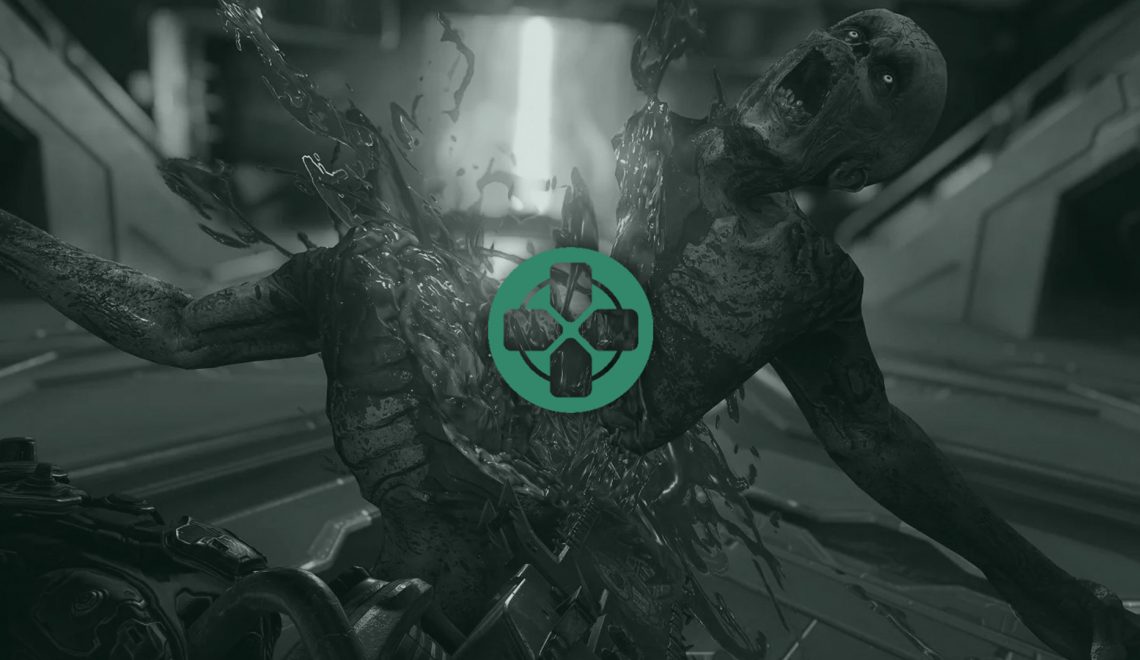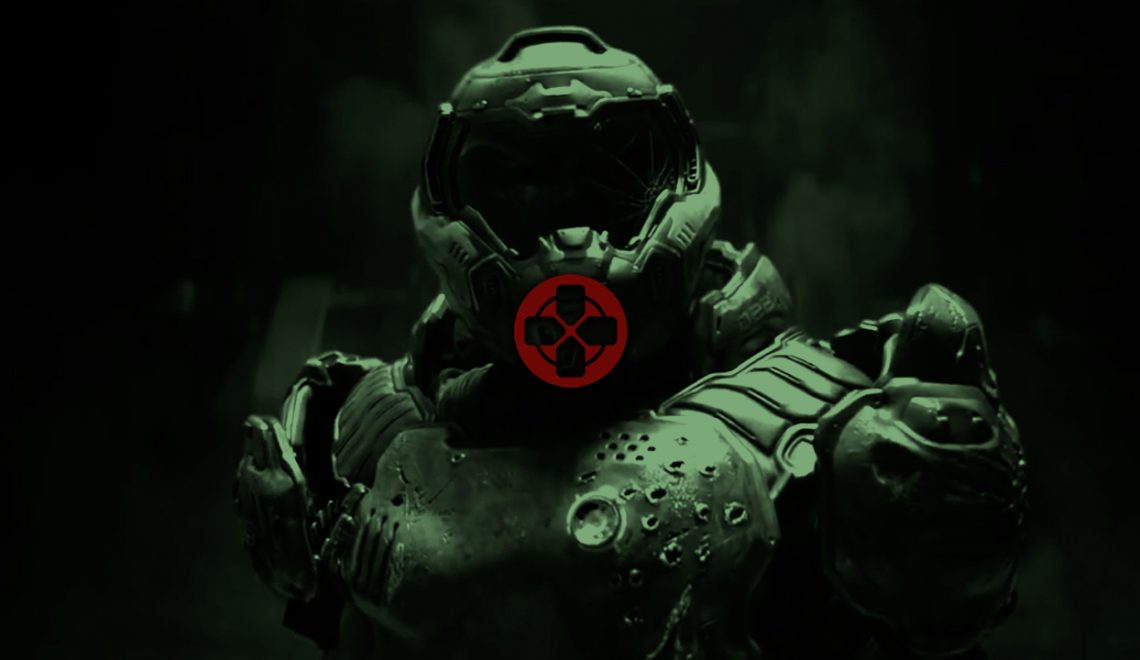This review was originally published as a user review on Game Informer.
Vigil Games’ Death Was Not In Vain
Darksiders 1 is an enjoyable experience with a standout cast of diverse characters, biblically/mythically inspired story, excellent choices for voice acting, unbelievably fantastic art direction, and is just simple fun with the hack-and-slash/puzzle solving/platforming gameplay. I know this game was the product of a bunch of passionate people that poured all their creativity into it, but certain things hold DS1 back from greatness. To name a few, there isn’t much replay value or side-content to delve into (excluding the fact that it’s a lengthy game that takes 15-20 hours to complete), a significant amount of the settings are mundane, and the gameplay isn’t revolutionary by any means. The main solution to problems like these could have been addressed with one word: expansion. This would have made it even better than it already was, which is why I was super excited for the sequel after reading Gameinformer’s cover story on it two year ago. I’d heard about the first game before and decided to give it a try last summer. And since I’ve already presented my thoughts on DS1, it’ll suffice to say the problems (albeit small in comparison to the pros) I had with it were being resolved in Darksiders 2. After months of anticipation, I’ve finally been able to realize if this is actually true.
…Why write a review on this game now? I’m certainly late to the party, but the reason why I’m doing this is because I want to dedicate it to Vigil Games due to their recent disbandment resulting from THQ’s bankruptcy. It was a sad state of affairs that no one offered to take in the entire studio when they were on auction (only a part of them were offered jobs at Crytek USA), which is why the future remains uncertain for Darksiders since an inconspicuous publisher called Nordic Games acquired the franchise. But for now – out of an obligated sense of gaming evangelism – I would like to tell you why DS2 was an indicator of the series riding on the undeniable path to the near-perfect actualization of this franchise.

Developer: Vigil Games
Publisher: THQ
Release Date (USA): 08/14/12
Platforms: PS3, Xbox 360, Wii U, PC
Genre: Action-Adventure/Hack-And-Slash/RPG
Metacritic Average Reception: 82%
Gameplay
Unlike most games, it’s not easy to compartmentalize DS2’s gameplay. It’s a conglomeration of several genres and borrowed formulas that work together quite well. To start out, the combat consists of hack-and-slashing reminiscent to God of War. And from what I’ve played, it’s more similar to its inspiration this time around. Combat is more fluid, varied, quick, and intuitive in contrast to the slow heavy hitting of War in DS1. Death is a lightweight with plenty of agility and speed, which constitutes for a lot of fun combos and moves to pull off with his scythes and new secondary weapons like hammers, maces, and claw-like weapons. War’s sword, Chaoseater, was practically the only weapon with a pivotal purpose in combat for DS1 (besides a few weapons with very simple functions). The sequel fixes this lacking area with a plethora of essential arms to choose from on a frequent basis. There’s even a surprising amount of varying designs for all the weapons, and some of them even have origins to read about that tie into the overarching history of Darksiders.
Besides the hack-and-slash style gameplay, the RPG elements of DS2 have been amped up a ton. Stats for almost every kind of item and for Death himself are shown and can be upgraded in different ways. The likely percentage of critical damage, item drops, and elemental abilities can be viewed for weapons and Death has strength, defense, health, and other stats. There are also all sorts of armor like boots, gloves, and chest armor that affect the stats of Death in different ways. And since he stockpiles on so much inventory, you can sell and buy anything as well to some vendors. There’s even a skill tree with several abilities that can be unlocked with Skill Points from leveling up. These abilities were present in DS1, but weren’t as interesting or plentiful as they are in DS2.
Getting used to keeping track of the health, arcane (ability energy), different enemy types, and possible combos and abilities is a fun learning process that’s easy to master and incredible to watch on screen. This is especially true for the boss fights, which range in scope and size throughout the game. One such boss is thousands upon thousands of times larger than Death, and to be able to topple such an imposing villain after figuring out his weaknesses is an absolute blast and spectacle to behold. For you see, DS2 isn’t necessarily a hard game. Even on one of the hardest difficulties, it isn’t too hard to conquer the most difficult bosses. And although this is disappointing in some ways (I’m looking at the final boss here), I can see that DS2 is more about the experience than about providing formidably impossible challenges.
There’s also the platforming and puzzle solving aspects of DS2 to take into consideration. As for the former, when I mentioned Death’s fluidity in combat earlier, this applies directly to the platforming too. Vigil Games expanded the amount of ways that Death can traverse throughout the world around him compared to his huskier brother. He can flip over and drop onto ledges, run and jump along parallel walls, and perform sequences of parkour-like stunts with surprising ease. The platforming was decent in DS1, but it’s a more integral, developed, and fun part of its sequel. When it comes to the puzzle solving of it, DS2 expands on its predecessor’s puzzles with new and more advanced abilities and items to use. “Constructs” are stone giants Death can ride on that provide ways of passage, the Soul Splitter allows Death to make two copies of himself to access impossible areas, “Interdiction” grants Death the ability to travel back in time to affect the environment around him in the present, and so forth. The puzzles can therefore be positively challenging at times, and although there are a few puzzles in dungeons that are dragged on for needless amounts of time, they are largely fun to solve.
As I said in the beginning, one cannot simply describe the gameplay in a quick fashion. It’s a mixed bag that – put short and sweet – blends together to make DS2 a more unique game than its predecessor.
Rating: 8.75/10
Sound
Death travels to many exotic landscapes by finding his way through perilous dungeons while battling a barrage of intimidating enemies. This means that there’s a lot of time spent taking in the world around Death with a steady influx of combat scenarios to keep things exciting. Unlike fast-paced games such as Call of Duty, it’s natural to pay attention to and analyze smaller details in DS2 that would otherwise be ignored. The sound effects are one such example, and they do not disappoint. Death’s footsteps vary in sound on different materials; grotesque enemies’ cries of battle and unique sounds (like the shambling of skeletons’ bones) can be easily distinguished; weapons make weighty, satisfying sounds as they slice/sling through the air or into the ground, and environments contain sounds that clash together like wind, lava, and streams of water. I cannot efficiently describe sound effects through writing, but they are important to mention as a pivotal part of the sound of any game. And for DS2, they’re just excellent.
The music in this game is more important than it would normally be in any other game. Instead of specific tracks for levels, DS2 relies on music as a constant ambience. There’s only so much that Jesper Kyd could do to keep the music from getting annoying, and he surprisingly succeeds in avoiding this misfortune. I thought for sure in the beginning that commonly occurring tracks would become boring after a while, but they fit in so well with the atmosphere of the game that it never did. The Assassin’s Creed composer manages to pull this off with beautiful vocals and eerie/gritty-sounding effects and instruments in his Celtic influenced songs. It’s an awesome soundtrack that plays a larger role in DS2 that I didn’t expect.
I don’t know if it’s just me, but I think the voice acting in this game is absolutely awesome. It’s pretty good in the since of how it balances out between believable and badly acted, but that’s not the point. The voice actors for this game just sound incredible in and of themselves. They also match up with their respective characters perfectly. Death has a gravely, deep voice marked by sarcasm, bottled anger, and calm collection (courtesy of Michael Wincott); the Makers (ancient giants that formed many worlds with their craftsmanship) have booming, thick Irish accents, and demons are characterized with horrifyingly dark voices with varying signs of wear-and-tear. I could go on describing other voices, but I’d simply be dragging this out; it’s like you truly listen to ancient and powerful god-like beings.
Rating: 9/10
Visuals
I’ve heard from several people that the textures of DS2 are noticeably bad in many cases. However, I’m not sure if I agree with this. Although there are occasional slowdowns of the frame rate and loading times while playing, I find it hard to decide whether these so-called bad textures are really there or if they’re intrinsically part of the art style. It gives everything a stylized, thick, comic book-like look. This might not appeal to some, but I’m captivated by it (which is Joe Madureira’s work). There isn’t a single room, item, or character that isn’t detailed. In fact, I’m extremely impressed by the amount of work that went into making the environments of DS2. They’re stunning to take in, which is especially true for the insanely large vistas throughout the game. I had to stop and look around in awe on a daily basis; the worlds in this game are bursting with vibrancy, mystical, and otherworldly qualities. I truly feel like the architecture and landscapes are one of the greatest parts of DS2. Death is on the journey of a lifetime, and the things he traverses and sees along the way are just as satisfying as playing the game due to their grandeur.
Rating: 9.5/10
Story
To make a quick synopsis, Death is on a quest to avenge his brother, War, after he is convicted of starting a war between Heaven and Hell on earth before the appointed time. As a result, all humans are destroyed, Hell gains control over the earth, Heaven is in disarray, and creation is in a state of imbalance and chaos. Death is also out to restore humanity, but throughout his journey, his goals and motives will be prone to clash with his friends, foes, and dark past.
I love the story and universe of Darksiders as a whole, but I can’t get over the fact that it was held back a bit here. Although the lore of Darksiders is exponentially increased in many ways by this game, the story’s plot is linear and less impactful than the first game’s story. The primary reason for this is that the entire game is one big treasure hunt. Each time I retrieve an item or artifact I need, I’m tasked with finding another, then another, and so forth. This isn’t an entirely bad thing, but I would’ve enjoyed seeing some more variety in the types of objectives throughout the story. This also affects the significance of the events that occur in DS2. Although broad in scope and important for the universe of Darksiders, hardly a scratch is made to further develop events or answer burning questions from the first game. By the time DS2 ends, the story doesn’t reveal any secrets or plot twists, which has left me a bit unsatisfied and wanting more from this anticlimax. Besides this, the story is still fun to watch as Death grows as an amazing character while making his way through a host of new locations while meeting new characters and learning about ancient events; this add a lot of depth and meat to the established universe.
Although my overall point may sound negative, the positive aspect overpowers it. The story stands pretty well on its own by telling Death’s tale (which is the primary goal of DS2’s story), but I expected many more connections and ties to the first game. There are a couple…but only a couple.
Rating: 8/10
Length and Replay Value
When I purchase a game that lasts for hours and hours without becoming stale, I know that a developer has done something very right. This is the case with DS2, and I’m very happy to report that it’s a substantial and rewarding adventure. Although DS1 was a 15-20 hour-long game, there wasn’t a lot of side-content for or reasons to come back to it. This is completely reversed for the sequel, which contains a plethora of side-content that feels like a natural part of the main story. What I mean by this is that the majority of the extra content doesn’t feel like it drags me out of the primary objectives to simply acquire new gear or items. It allows for the exploration of surprisingly great dungeons with some new characters to meet and story tidbits to uncover along the way. When I saw places that were off the path, I always felt a pull of curiosity to check them out…not knowing that I’d be taking several 1 hour-long detours! There’s an arena where Death can fight against waves of enemies to win prizes, mysterious quests that span the entire world of DS2, and even more. My playthrough of the game lasted for a whopping 30+ hours, and I was hardly at a lack for entertainment. The length and replay value of DS2 is quite astounding and worth every single penny.
+DLC: There’s not much to say about the DLC of DS2. There are three major offerings that have new dungeons and bosses to defeat, but their high prices are a bit too unjustifiable considering they last for a measly 1-2 hours each. If you’re a major fan of Darksiders, I recommend simply reading the story synopses of these offerings off of the Internet or watching them on YouTube. However, if you were to purchase one, I recommend Argul’s Tomb. It has some excellent scenery and one of the best boss fights in DS2.
Rating: 9.25/10
VERDICT
Darksiders was an ambitious new IP that had a fantastic execution. Although some found it to be unoriginal and lacking in ideas, I found it to be an excellent conglomeration of famous inspirations with a wonderful story and vision that had lots of potential. When I first read about DS2, I knew that it was going to be an improvement in many areas, and I wasn’t disappointed! The gameplay is one of the most noticeable improvements with a much larger focus on RPG elements and a tightening of the hack-and-slash and platforming. The music by Jesper Kyd and voice acting are incredible, the graphics have an appealing style with eye-popping vistas, and the length of the game is massive. While the story isn’t completely satisfying in its entirety, it does manage to greatly expand on the universe of Darksiders in a positive way.
I don’t know what Nordic Games will be doing with this beloved series, but I hope it’s in good hands. Vigil Games has treated Darksiders with ardency for several years, which has been evident in the amount of hard work and passion they’ve invested in it. Hopefully the recent adoption of this franchise has arrived in the care of a publisher that will treat it with the same respect. But for the sake of closing on DS2, I’ll say that it’s a successful sequel in every sense of those words that deserves praise. And if you haven’t played it, I highly recommend doing so before Death beckons at your door to claim you.
9/10



